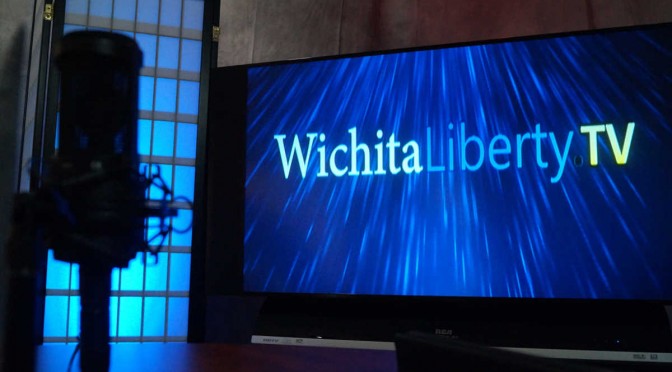Are the City of Wichita’s projections regarding subsidized development as an economic driver believable?

City documents promise this: “The City plans to substantially rehabilitate or replace Lawrence Dumont Stadium as a modern multi-sport stadium as part of a larger project to develop the river and stadium areas. … Combined, the museum, pedestrian bridge, waterfront improvements and multi-sport stadium will generate significant new visitor tourism as well as provide signature quality of life amenities for the citizens of Wichita and the region.”2
We’ve heard things like this before. Each “opportunity” for the public to invest in downtown Wichita is accompanied by grand promises. But actual progress is difficult to achieve, as evidenced by the lack of progress in Block One.3

Perhaps more pertinent to a sports facility as an economic growth driver is the Intrust Bank Arena. Five years ago the Wichita Eagle noted the lack of growth in the area.5 Since then, not much has changed. The area surrounding the arena is largely vacant. Except for Commerce Street, that is, and the businesses located there don’t want to pay their share of property taxes.6
I’m sure the city will remind us that the arena was a Sedgwick County project, not a city project, as if that makes a difference. Also, the poor economic performance cited above is for Downtown Wichita as delineated by zip code 67202, while the proposed STAR bond project lies just outside that area, as if that makes a difference.
By the way, this STAR bonds district is an expansion of an existing district which contains the WaterWalk development. That development has languished, with acres of land having been available for development for many years.
—
Notes
- Weeks, Bob. STAR bonds in Kansas. Available at https://wichitaliberty.org/kansas-government/star-bonds-kansas/. ↩
- Agenda packet for May 2, 2017. Excerpt available at https://drive.google.com/file/d/0B97azj3TSm9MajNOUmQ3dDV0dXc/view. ↩
- Weeks, Bob. Downtown Wichita’s Block One, a beneficiary of tax increment financing. Before forming new tax increment financing districts, Wichita taxpayers ought to ask for progress on current districts. Available at https://wichitaliberty.org/wichita-government/downtown-wichita-block-one-beneficiary-tax-increment-financing/. ↩
- Weeks, Bob. Downtown Wichita business trends. Available at https://wichitaliberty.org/wichita-government/downtown-wichita-business-trends/. ↩
- “Ten years ago, Elizabeth Stevenson looked out at the neighborhood where a downtown arena would soon be built and told an Eagle reporter that one day it could be the ‘Paris of the Midwest.’ What she and many others envisioned was a pedestrian and bike-friendly neighborhood of quaint shops, chic eateries and an active arts district, supported by tens of thousands of visitors who would be coming downtown for sporting events and concerts. It hasn’t exactly turned out that way. Today, five years after the opening of the Intrust Bank Arena, most of the immediate neighborhood looks much like it did in 2004 when Stevenson was interviewed in The Eagle. With the exception of a small artists’ colony along Commerce Street, it’s still the same mix of light industrial businesses interspersed with numerous boarded-up buildings and vacant lots, dotted with ‘for sale’ and ‘for lease’ signs.” Lefler, Dion. 5 years after Intrust Bank Arena opens, little surrounding development has followed. Wichita Eagle. December 20, 2014. Available at http://www.kansas.com/news/local/article4743402.html. ↩
- Riedl, Matt. Has Commerce Street become too cool for its own good? Wichita Eagle. April 8, 2017. http://www.kansas.com/entertainment/ent-columns-blogs/keeper-of-the-plans/article143529404.html. ↩
















